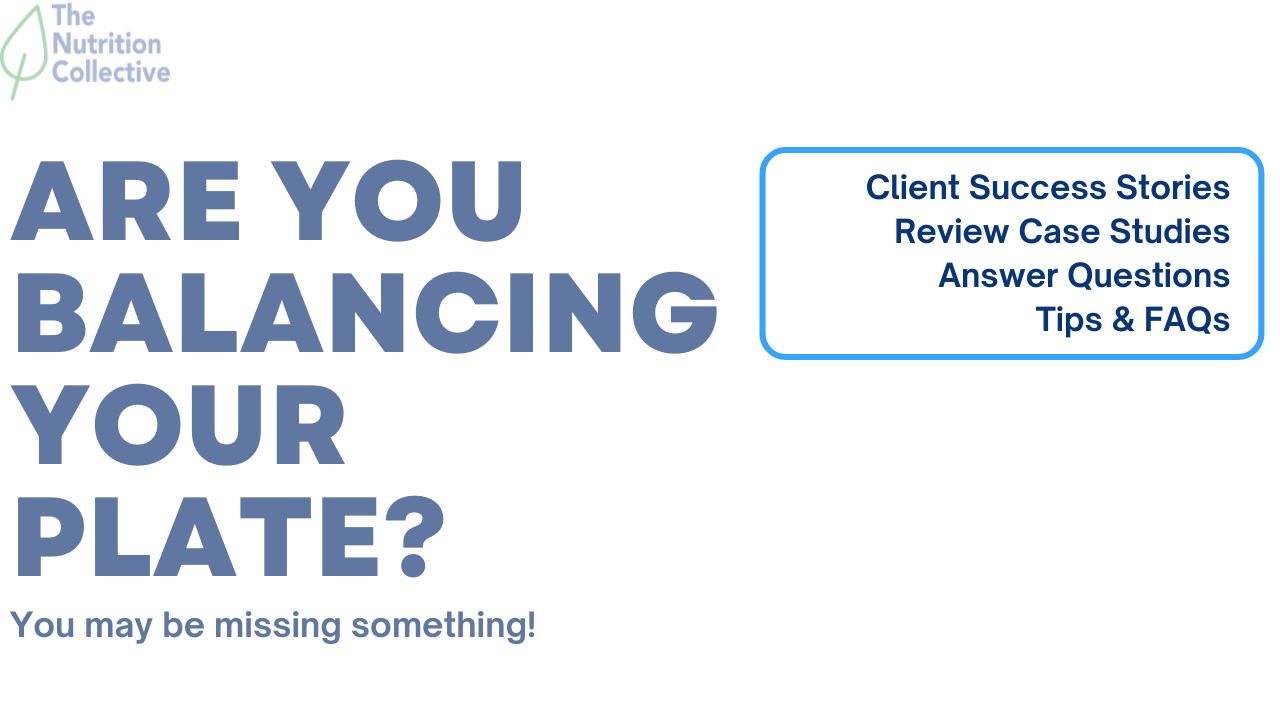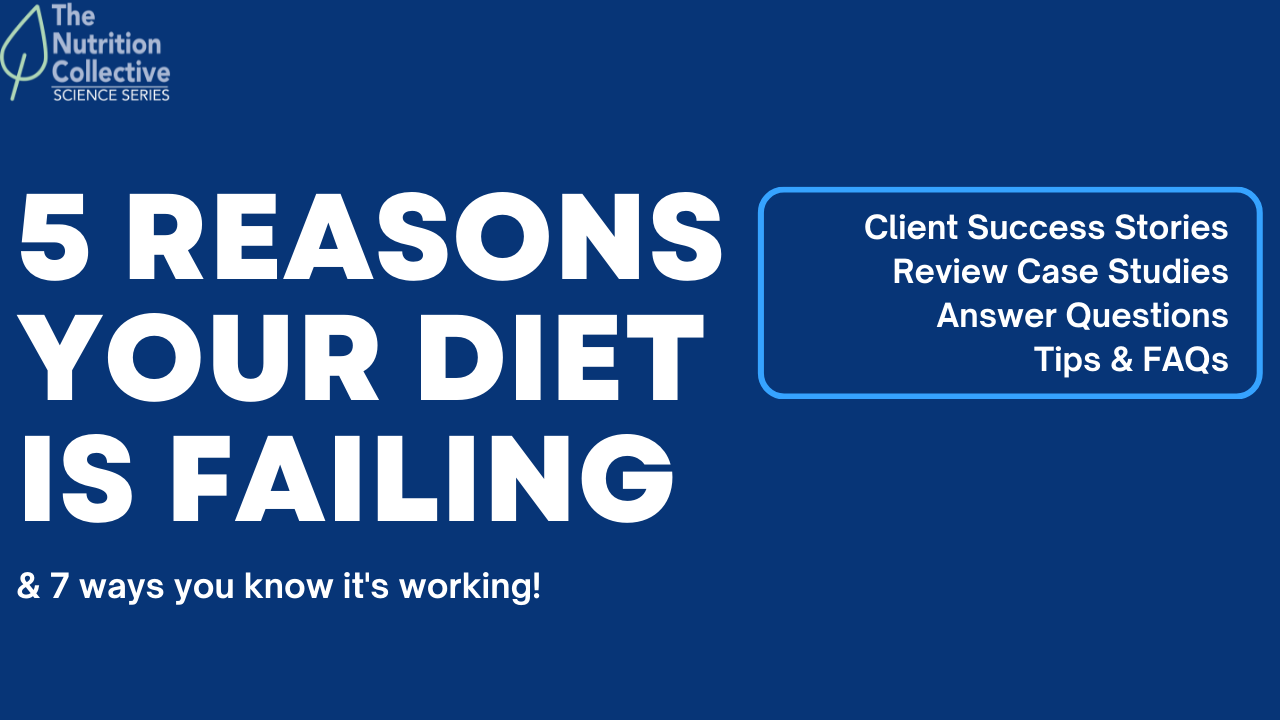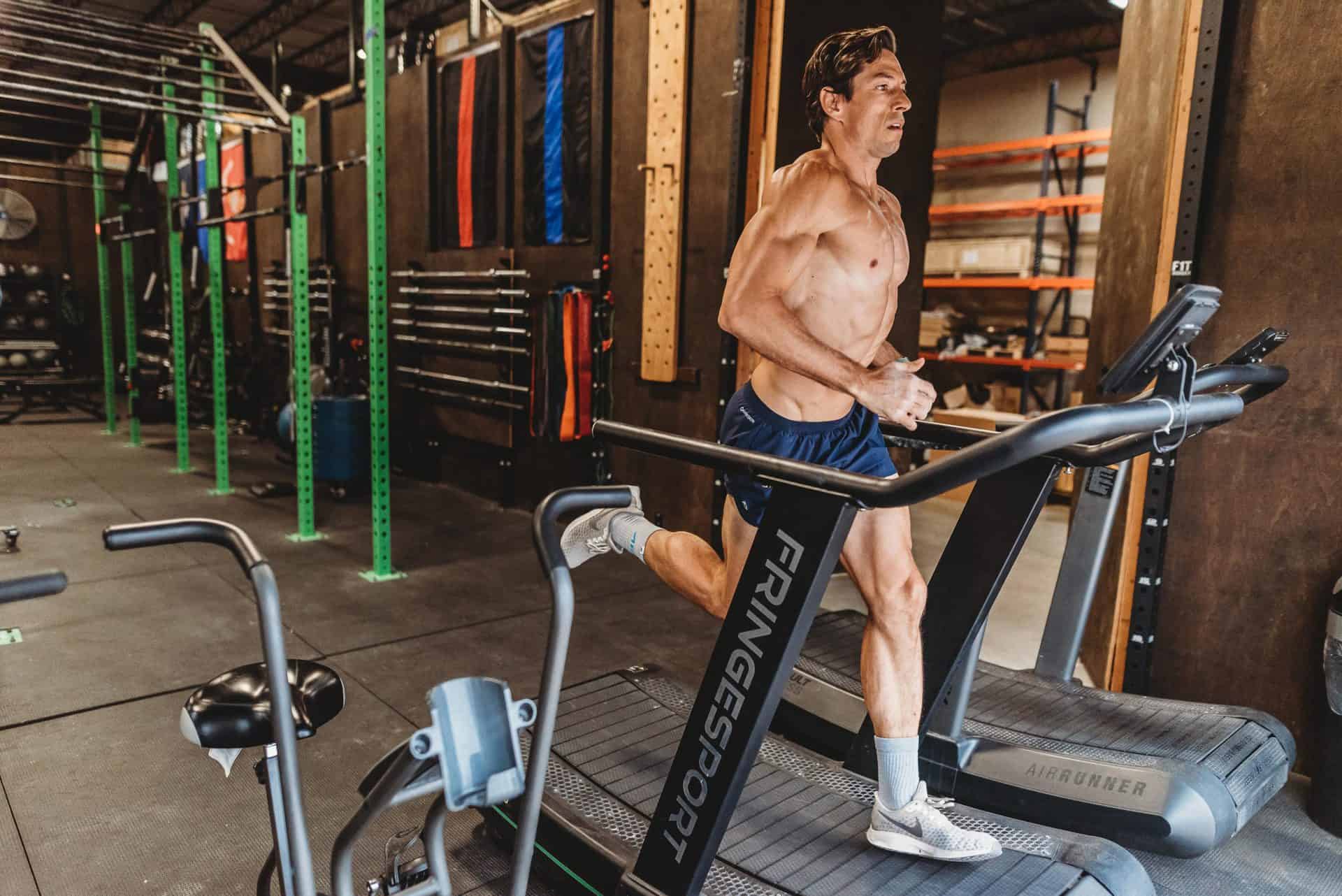
Are you trying to get yourself exercising? A lot of us are — again and again.
Most people find it challenging to get into the habit of a fitness regime. Some barely make it a week before giving up or falling out of their exercise routine. Some don’t even start at all!
But a lot of the reasons for these false starts or early failures can actually be addressed in advance by understanding a workout routine that best works for you. It’s never too late to get started. Today, let’s talk about how you can get into the habit of fitness so you can get yourself exercising — whether again, or for the first time.
Let’s start your ultimate beginner’s workout guide!
How to Get Yourself to Workout Successfully
Ask yourself one simple question — why workout?
Most of the time, you’ll find yourself with good answers followed by objections — time, age, responsibilities, or the usual “it’s not for me”.
First off, your workout doesn’t need to take up as much time as some people would have you think. A half-hour of walking a day is something most can spare, for example.
You also don’t need to be in a gym or fitness room to do exercise. Some people work out in their own living rooms or bedrooms, some with the bit of space they have. No special equipment is need and sometimes your own body weight is enough as a resistance.
As for the idea that exercise is undesirable because it’s hard, you don’t actually have to do such strenuous exercise that each time you feel sore afterward. The truth is, as long as it gets you up and moving for a reasonable amount of time, any activity can be a good start.
Another important reason for you to workout is your health. According to the World Health Organization (WHO) “Adults should perform at least 150 minutes of moderate intensity aerobic physical activity throughout the week or do at least 75 minutes of vigorous intensity aerobic physical activity throughout the week” (1).
So today, let’s talk about it, how do you actually get yourself to begin?
Getting Started
It’s essential to know that there are things that need to be considered before beginning your workout.
Having that said, here are the top 3 things to help you get started!
1. Start at Your Level
A lot of people give up on working out early because they try to do more than they can when they start. Doing too much in the beginning is a good way to burnout anyone on a workout routine!
Look for beginners or entry classes. Seek out routines meant for novices. Don’t jump right into an intermediate workout, or you’ll find yourself being disheartened. However, there’s no one-size-fits-all workout — what works for someone else might not work for you. Finding the proper exercise takes time. That’s why it’s essential that you also consult an expert.
2. Know the Right Equipment
You don’t have to be in the gym to start working out. Depending on the type of fitness goals you have, you can start moving with little to no equipment at all.
For beginners, you may consider getting some of the basics:
- Yoga or workout mat
- Comfortable workout clothes
- Resistance bands
- Jump ropes
- Stability ball or
- Fitness trackers
- Machine training with low weights
3. Set Realistic Goals
Make sure to create a plan that includes attainable steps and goals.
For example, if your ultimate goal is to finish a 10-kilometer run, start by setting a plan that includes shorter runs. Gradually increase the distance until you run the whole 10-kilometers in a session and then try to improve your time.
It’s all about starting small and building up and making things easy for yourself.
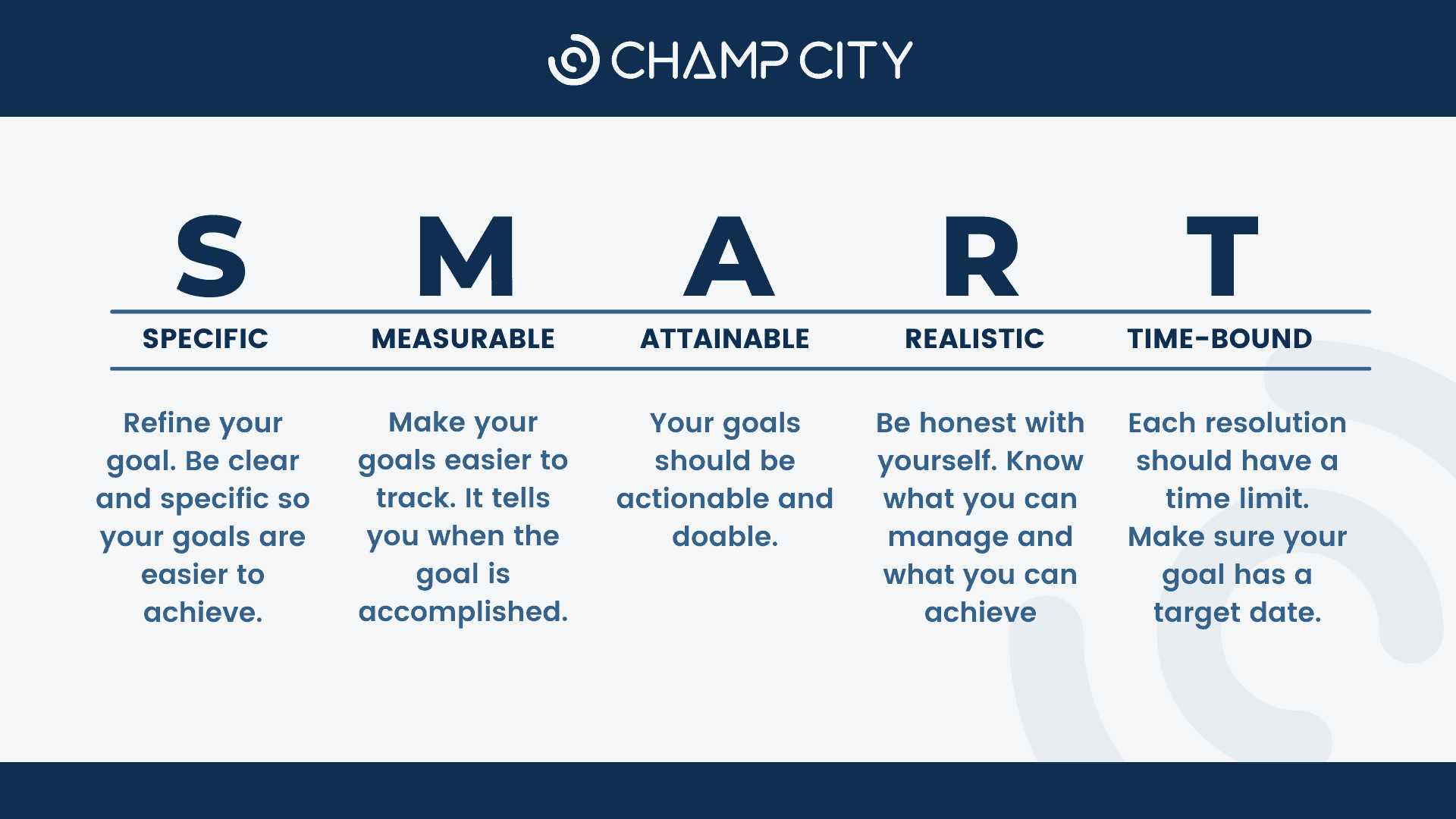
4. Schedule a Regular Workout Time and Stay Committed
Finding the right time to workout helps build momentum. Do you prefer to start your day working out or do you prefer sunsets, or do you do it best in the nighttime?
The most important thing is to choose a time of day you can stick with, so that workout routine becomes a habit.
5. Perform Warm-Ups
Before starting your exercise, do a quick warm-up. But don’t waste too much time and energy. Just do some quick stretches to warm yourself up before working out and then maybe try a first set with lower resistance or lower intensity. And don’t forget to stick with warm-ups that match your workout. When in doubt, you can do a dynamic warm-up to get sweaty and prime your body for a real workout.
Staying Motivated
The hardest part of any workout routine is to stay motivated (2). That’s why it’s so easy to say you’ll workout, but sticking to it is a challenge.
But nobody’s invincible, and there will come a time when your motivation will die down, and you won’t feel that momentum anymore. Out of nowhere, all it takes is a little rainy weather for you to justify taking a break from your routine.
Sometimes, “I’ll do it later” becomes “never”. But that’s fine, everyone goes through it at some point. However, you need to be patient, not only with yourself, but with the changes you’re making to your everyday routine. That’s where the challenge starts!
So how do you keep yourself motivated? Here are the three best tips!
1. Define Your Purpose
Always go back to your purpose. Why are you doing this? Because you have gained so much weight? Because you want to live an active and healthier life? Because you deserve to be fit!
Take account of all your reasons for committing — and keep reminding yourself of them.
Nobody said that there’s an easy fitness journey, but if you want to achieve long-lasting results, then it needs to become a part of your lifestyle. Choose it every day!
2. Look for Inspiration
You want to get yourself exercising because you have a goal. So you don’t lose sight of that goal, look for inspiration from others who’ve reached for and attained it themselves.
There are a lot of inspiring stories you can find online. You can also become part of a fitness community and learn from various people’s stories. It can remind you that your goals are attainable and that it’s never too late to begin.
3. Reward Yourself
If you give yourself a reward at the end of your exercise routine, you’re more likely to complete it. It also helps you form a positive association with the routine in your mind.
Changing a habit is hard, and giving yourself a reward can help motivate you. So decide on what your goals are and follow a reward system that encourages you to work hard toward them.
Also, you can make the reward part of the exercise itself. For example, nature-loving people often take hikes or ride mountain bikes through locations filled with the spectacles of nature. That’s something that can motivate you to workout because you’ll be looking forward to an aspect of the exercise. The most important thing is that you keep moving forward in the process.
Choosing the Right Diet

A good way to get yourself exercising is to make a change to other parts of your lifestyle that work naturally with the idea of fitness. Switching to a healthier diet, for instance, can help you feel like you’re genuinely invested in getting more fit — and you are!
Remember that healthier bodies tend to seek more activity anyway. So make sure that while you encourage yourself to workout, you also pair it with the right diet.
However, you don’t just go to the grocery and eat “green” to be called smart on diet — there are things you need to carefully consider. For instance, I believe that there’s good food, and you literally don’t have to starve yourself to attain your goals.
This is an essential key to a healthier mind and body: you don’t need a high-fat diet, a pill that makes your metabolism faster but your brain crazy or an insane 360-turnaround to improve your nutrition. You need to focus instead on developing the habit of buying, cooking, and eating whole, real food.
With that said, here are our best nutritional tips for you.
1. Choose Whole Food
Now what is whole food?
Whole food is either minimally processed or not processed at all. It means that it is in its most natural, organic form. Unprocessed food retains all of its vitamins and minerals in its raw state. Even with just a tiny cooking process, like boiling, food can lose a fair amount of vitamins and nutrients that your body needs.
That being said, focus on food with high-quality nutrition, and stick with a diet rich in natural, whole ingredients that’ll help you get the most out of what you eat.
Simply concentrate on keeping whole foods in your diet and kicking processed foods out(3). Keeping a select few processed foods in your diet and gradually reducing them can help you build healthier habits that are easier to adapt to in the long run.
2. Keep Macronutrients in Check
Let’s get down to the absolute basics. If you want to achieve healthy nutrition, then focus on keeping your macronutrients in check. To understand what a healthy daily diet looks like, you need to learn what macronutrients are and why they are essential for your health.
There’s no way around it, your body needs nutrients in large amounts. So if you’re just taking the hunger in dieting, then you might be eating less than what you should.
Your body needs three macronutrients to function, be energized, and stay healthy. Carbohydrates, protein, and fats have nutrients in high amounts that increase your energy, build muscle, and keep your body working as it should.
- Carbohydrates- Found in fruits, grains, veggies, and milk, carbs draw energy and turn this nutrient into fuel for your brain and working muscles.
- Unsaturated fats- Helps improve your blood cholesterol, decreasing your risk of developing heart disease or diabetes. They can be found in plant-based foods, oil, and even fish.
- Plant Based Proteins- Are chia seeds, natural peanut butter, oats, beans, and quinoa, but there are so many different kinds out there.
- Animal Based Proteins- Look out for the terms organic, antibiotic-free, free- range, grass-fed, and grass-finished.
3. Avoid Undereating
Don’t take the hunger just so you can call yourself “on a diet”.
Food is fuel and undereating is under-fueling. However, there is always an enticing draw or temptation when it comes to quick and impactful results.
And although undereating is dangerous for your health, it can provide rapid weight loss results. However, this honeymoon period is often not sustainable. It brings on a hallmark of both mental and physical adverse effects. In addition, what you gain from your exercise you lose it with undereating because you are not only losing fat but muscles as well. You’re also not getting the nourishment you need to not only survive, but thrive.
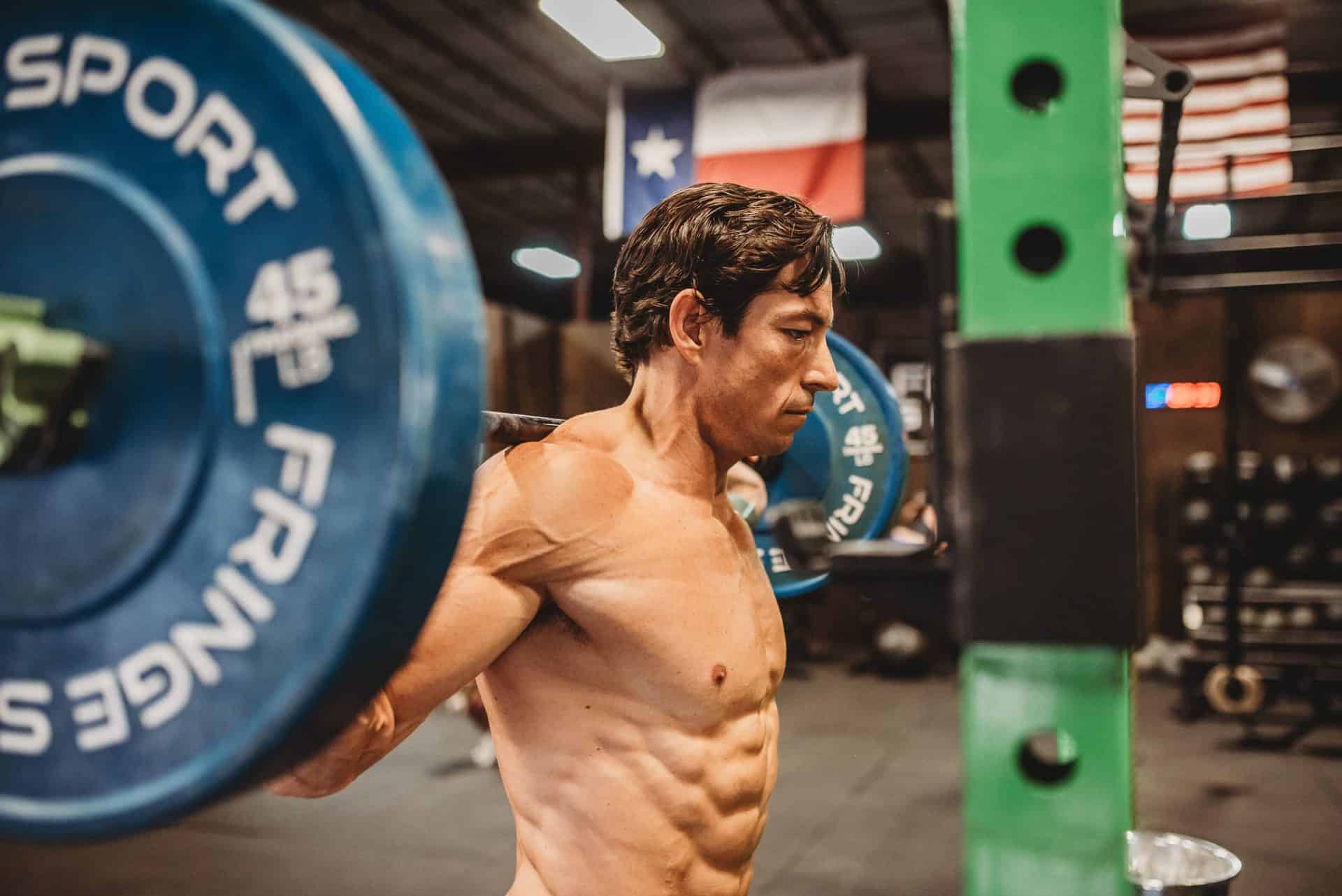
Your Next Move
Starting a workout routine can be challenging — from finding the right workout, staying committed, and changing food preference. However, you don’t have to do it alone.
Champ City has custom coaching programs that focus on a natural holistic approach, helping you thrive on absolute fitness workout plans with an ideal nutritional guide. I specifically focus on helping people achieve their physical and mental fitness — helping them become leaders of their own health.
I have been in that struggle of not knowing how to get started, but I woke up one day and I realized that I just have to do it. It’s the same for you too!
It’s never too late to start that healthy and active lifestyle — if you’re ready to hit the ballpark today, sign up for a 20-minute consultation.
References
1) Adults should perform at least 150 minutes of moderate intensity aerobic physical activity throughout the week or do at least 75 minutes of vigorous intensity aerobic physical activity throughout the week.
2) Sevil, J., Práxedes, A., Abarca-Sos, A., Del Villar, F., & García-González, L. (2016). Levels of physical activity, motivation and barriers to participation in university students. The Journal of sports medicine and physical fitness, 56(10), 1239–1248.
3) Marti A. (2019). Ultra-Processed Foods Are Not “Real Food” but Really Affect Your Health. Nutrients, 11(8), 1902. https://doi.org/10.3390/nu11081902


